|
It makes no difference how "in love with Jesus" we are, if we continually disparage His Church, we are missing a large part of what it means to love Jesus. That is not to say that there is no room for healthy critique of the Church and the individual Christian's behavior within a church. It's arguably needed. In Christianity, Christ is calling His Bride to Himself. How are we to be apart of His vision if we can't stand His people? Can we love Christ well, when we don't love His Bride? Can we truly love God but ignore the ways we fall short of loving people? Does it even occur to us that a Christian's mandate to love people means loving God's people, whom we are purportedly now in familial relationship? Are we a part of His Body in a healthy way if we are unable to be in healthy relationship with other believers and talk about the things of God? It starts with imagining what loving the family of God might look and feel like. Loving the Church might mean confronting individuals, exposing lies, being gracious in discipleship, asking meaningful questions, and waiting patiently. These are things that are on my mind of late.
0 Comments
I am reading to be a better parent and am discovering that I have lost some resiliency of my own. Here’s to recovering it. “[People] who manage their feelings well have emotional resiliency. They won’t be afraid to laugh and cry with people. Depression, stress, and anxiety won’t overwhelm them typically or last as long. They won’t all ow themselves to be defined by negative experiences or interactions. Resiliency is strong protection against mental health struggles.”
PC: Nikki Riggs, from a promotional photo shoot with Out on a Limb Dance Company, show: Gobsmacked, Artistic Director, L. Brooke Schlecte, 2020.
One of the hardest aspects of grief is the collateral damage of a significant loss. In addition to the person who died, some people lose cursory relationships such as mutual friends of your loved one, couple friends that don’t know how to move on with only you and not your spouse, the widow of the parent you lost, or even whole groups of, what I call, “club friends”. These may be acquaintances that you run into frequently simply because you have children in the same grade or always talk to before church. Club friends often have no idea how to include you or check on you while you're still sad. That’s ok, though shallow and often unhelpful in any real sense. These periphery losses can affect the way you grieve and whether the process is overall healthy. While this is simply a reflection of personal observations, it acknowledges the non-linear messiness of grief. This is not a way to stoke the embers of grief to keep it alive, as if to wallow in the pain and define oneself by sadness. It’s an acknowledgment; a virtual nod of real experience, a lingering look, and a decided exhale before stepping on down the path, a warm glow of sunset on the back.
The Son is the image of the invisible God, the firstborn over all creation. For in him all things were created: things in heaven and on earth, visible and invisible, whether thrones or powers or rulers or authorities; all things have been created through him and for him. He is before all things, and in him all things hold together. And he is the head of the body, the church; he is the beginning and the firstborn from among the dead, so that in everything he might have the supremacy. For God was pleased to have all his fullness dwell in him, and through him to reconcile to himself all things, whether things on earth or things in heaven, by making peace through his blood, shed on the cross. Once you were alienated from God and were enemies in your minds because of your evil behavior. But now he has reconciled you by Christ’s physical body through death to present you holy in his sight, without blemish and free from accusation--if you continue in your faith, established and firm, and do not move from the hope held out in the gospel. This is the gospel that you heard and that has been proclaimed to every creature under heaven, and of which I, Paul, have become a servant. Colossians 1:15-23This #BoyMom is InspiredNancy Pearcey's characteristically distinguished research integrity doesn't fail to deliver. She demonstrates through our Western literary history of changing public attitudes that led us to the current culture war between the sexes. Tracing the evidence from a dramatic shift brought on by the Industrial Revolution to the damaging ideas of Darwinism, a clear pathway is revealed to have had detrimental impact on our relationships today. Pearcey illustrates that the goal doesn't have to be in focusing on the power struggles to address the conflict and inequality but by acknowledging God's original design for equity and partnership between men and women. The idea that both are made in the image of God pushes back against the current constructed narrative to reconcile us for the common good. As a mother of two young boys, Pearcey's book offers a clear and positive approach to address toxic masculinity in our society. She is presenting a book as resolute and affirmative fuel for mothers and fathers to unite in rejecting the dominate culture's toxic message to our sons that they are doomed to be toxic themselves. I couldn't put it down. 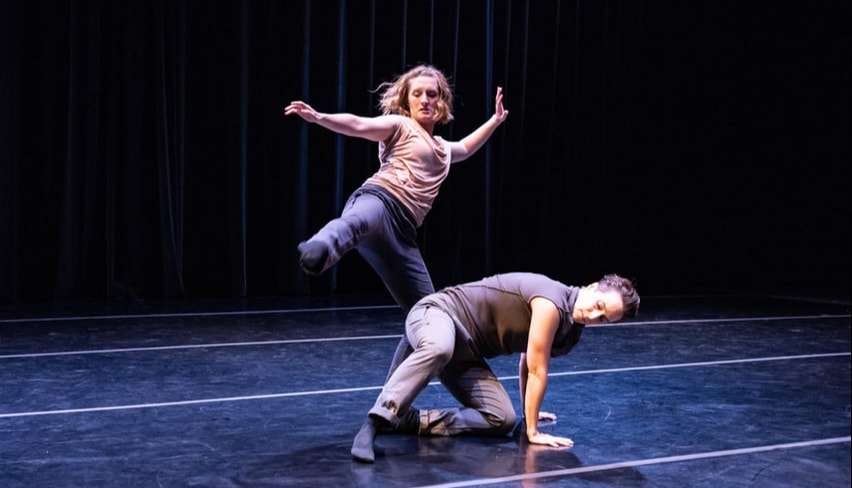 photo by Nathan Harmon, dancers: Jessica Vokoun & Rachel Bruce Johnson I think one of the reasons the duet, Untitled, performed in 2018 at the Exchange Choreography Festival, did not feel finished to me was because I never really got to the stage where I was reconciling my performance choices with the choreography. Sometimes that changes a few details of the choreography but usually not much for me, however, the performance choices solidify the concept and piece. If I get a chance to really delve into the performance process it feels more whole to me. It maybe just had one more block left. If I had another shot at it, though, I'd only perform it with Jessica Vokoun, the original co-choreographer. The experience would be different with someone else and process bore from the beginning. Regardless of these thoughts that a bit longer with the piece would have changed its perception of "completeness" for me, each time I watch the video of our performance, I'm satisfied. There was something beautiful there and we danced it together. ~ Rachel
The body is a profound reality and a place to look for identity. Thank you to Professor Nancy Pearcey for sharing this poem by John Updike and its back story with her class ~ Caravaggio, c. 1601–1602, “The Incredulity of Saint Thomas” Seven Stanzas at Easter by John Updike Make no mistake: if He rose at all it was as His body; if the cells’ dissolution did not reverse, the molecules reknit, the amino acids rekindle, the Church will fall. It was not as the flowers, each soft Spring recurrent; it was not as His Spirit in the mouths and fuddled eyes of the eleven apostles; it was as His flesh: ours. The same hinged thumbs and toes, the same valved heart that–pierced–died, withered, paused, and then regathered out of enduring Might new strength to enclose. Let us not mock God with metaphor, analogy, sidestepping, transcendence; making of the event a parable, a sign painted in the faded credulity of earlier ages: let us walk through the door. The stone is rolled back, not papier-mâché, not a stone in a story, but the vast rock of materiality that in the slow grinding of time will eclipse for each of us the wide light of day. And if we will have an angel at the tomb, make it a real angel, weighty with Max Planck’s quanta, vivid with hair, opaque in the dawn light, robed in real linen spun on a definite loom. Let us not seek to make it less monstrous, for our own convenience, our own sense of beauty, lest, awakened in one unthinkable hour, we are embarrassed by the miracle, and crushed by remonstrance. *During the 1950’s, John Updike worshipped at a Lutheran church in Marblehead, MA, a church similar in some respects to the Lutheran church of his youth in Pennsylvania. When the congregation sponsored a Religious Arts Festival and offered a $100 prize for the best artwork, Updike submitted the poem “Seven Stanzas at Easter.” He won and received the $100 which he promptly gave back to the church and over the years “Seven Stanzas at Easter” has become a much-loved poem.
KOINONIA FARMYears ago, I ran across this website for mail order pecans from Koinonia Farm. In exploring the website, I realized that this grower’s co-op has a much richer history than I was aware of. I have bought and sent pecans, chocolate, and coffee from the farm for years now whenever I needed a gift idea with a richer story. I even found a frisbee-like, woven disc made by the Maya of Guatemala on their store website. Not only is this toy creatively beautiful, I use it in my Franklin Method body work to lend visual aid on the function of the hip bone rhythms while walking. A participant can see the pattern rotating and connect to something familiar in how our femur moves within the hip socket while walking, etc. Check out their website and products. They have a fascinating and inspiring story.
Excerpt from the website: “Koinonia Farm was founded in 1942 by Clarence and Florence Jordan and Martin and Mabel England in 1942 as a “demonstration plot for the Kingdom of God.” For them, this meant an intentional community of believers sharing their lives and resources, following the example of the first Christian communities as described in the Acts of the Apostles. Other families soon joined, and visitors to the farm were invited to “serve a period of apprenticeship in developing community life on the teachings and principles of Jesus.” Koinonians shared not only faith and resources, but also work. We farmed the land for our livelihood and sought ways to work in partnership with the land, “to conserve the soil, God’s holy earth” (Clarence Jordan). We preached, taught, and were members of local churches. From the beginning, Koinonians emphasized the brotherhood and sisterhood of all people. When we could afford to hire seasonal help, Black and White workers were paid a fair, equal wage. When the community and its guests and workers prayed or ate a meal, we all sat together at the table, regardless of color. Our commitment to racial equality, pacifism, and economic sharing brought bullets, bomb and a boycott in the 1950s as the KKK and others attempted to force us out. We responded with prayer, nonviolent resistance, and a renewed commitment to live the Gospel. We created a mail-order business, which continues to sustain our community today.”
|
photo by Jeanne S. Mam-Luft
AuthorI'm a Christ-follower, passionate about moving in truth/love and intellectual rigor through all things faith + art. A professional Dance Artist and fancying myself an amateur Christian Apologist, I’m committed to moving in the liminal space between catastrophic reverence of God and a quaking humility that intentionally keeps the tremors of Grace close at hand. Archives
April 2024
Categories |
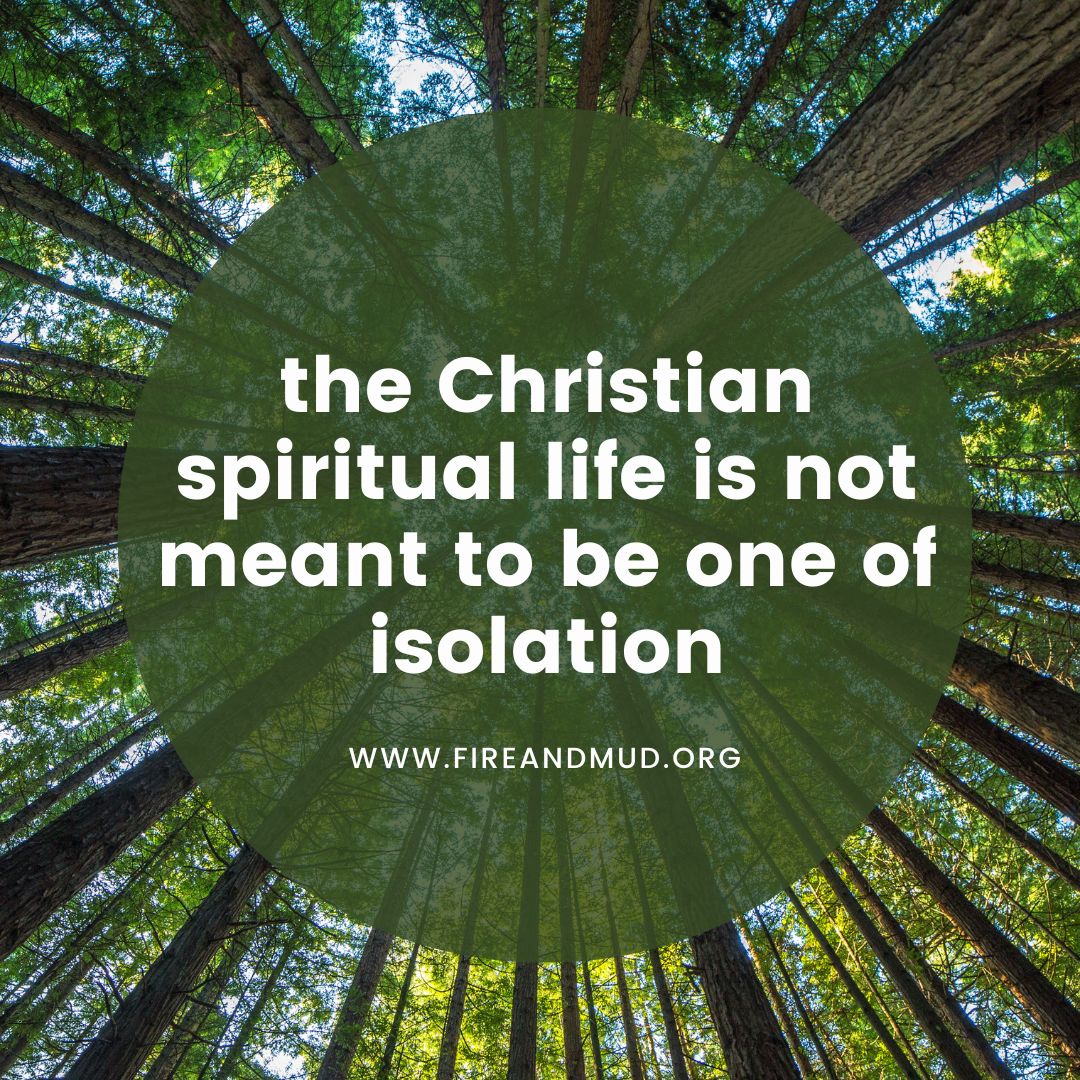
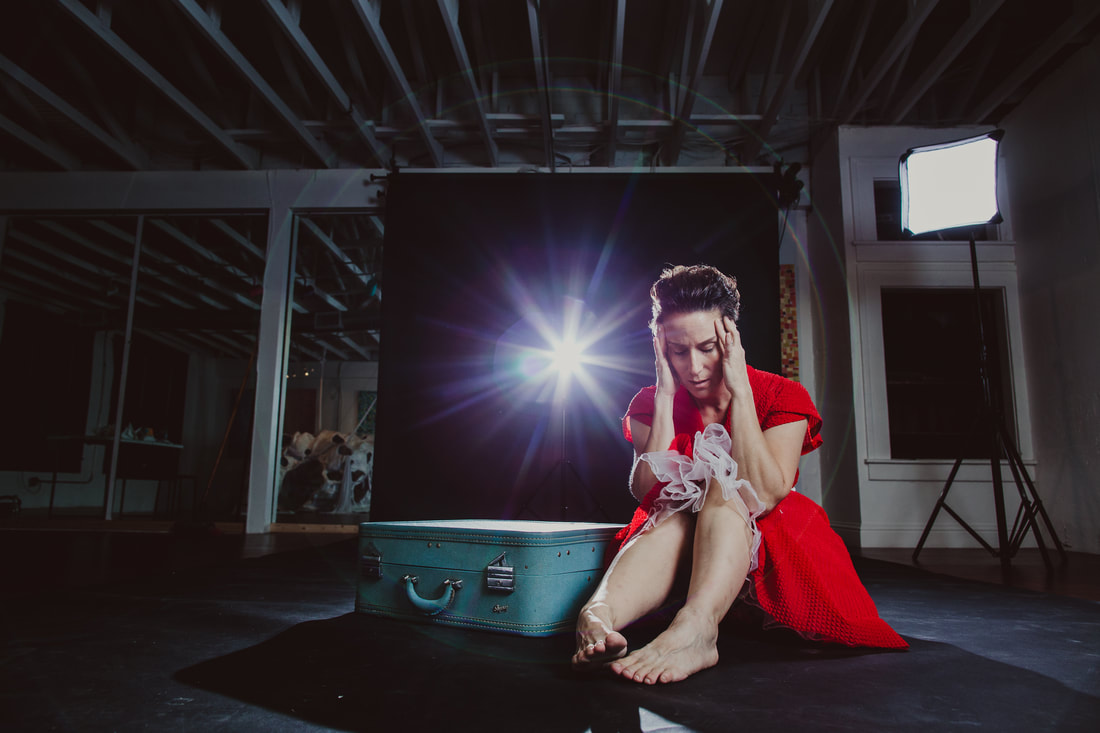

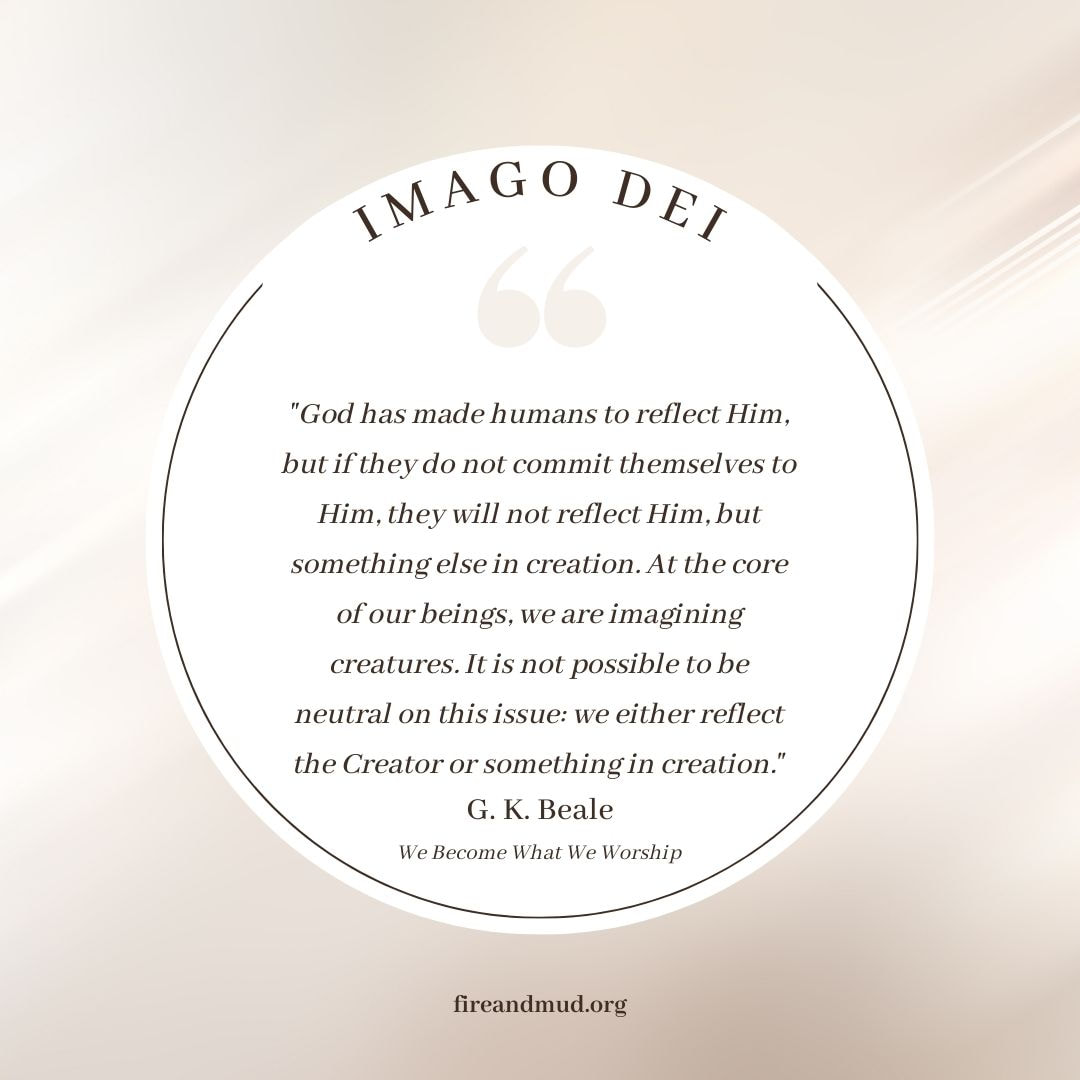
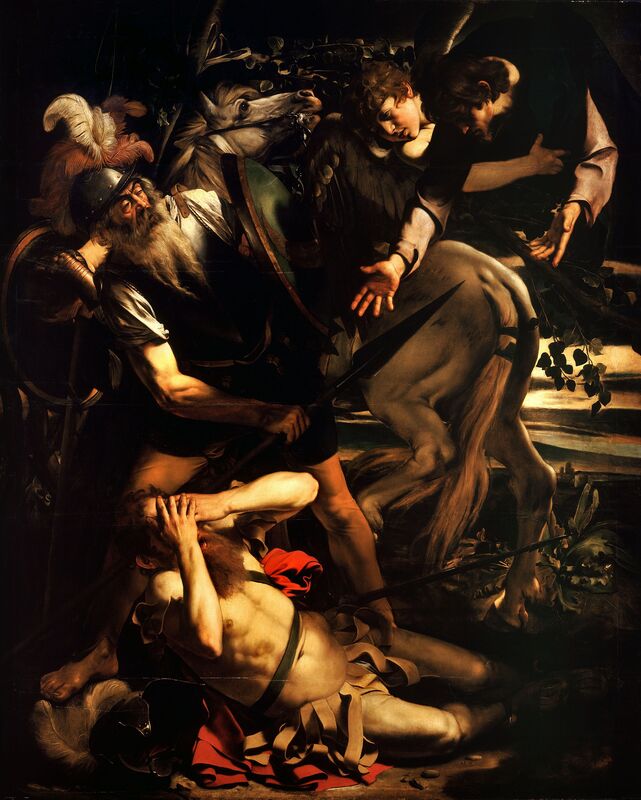

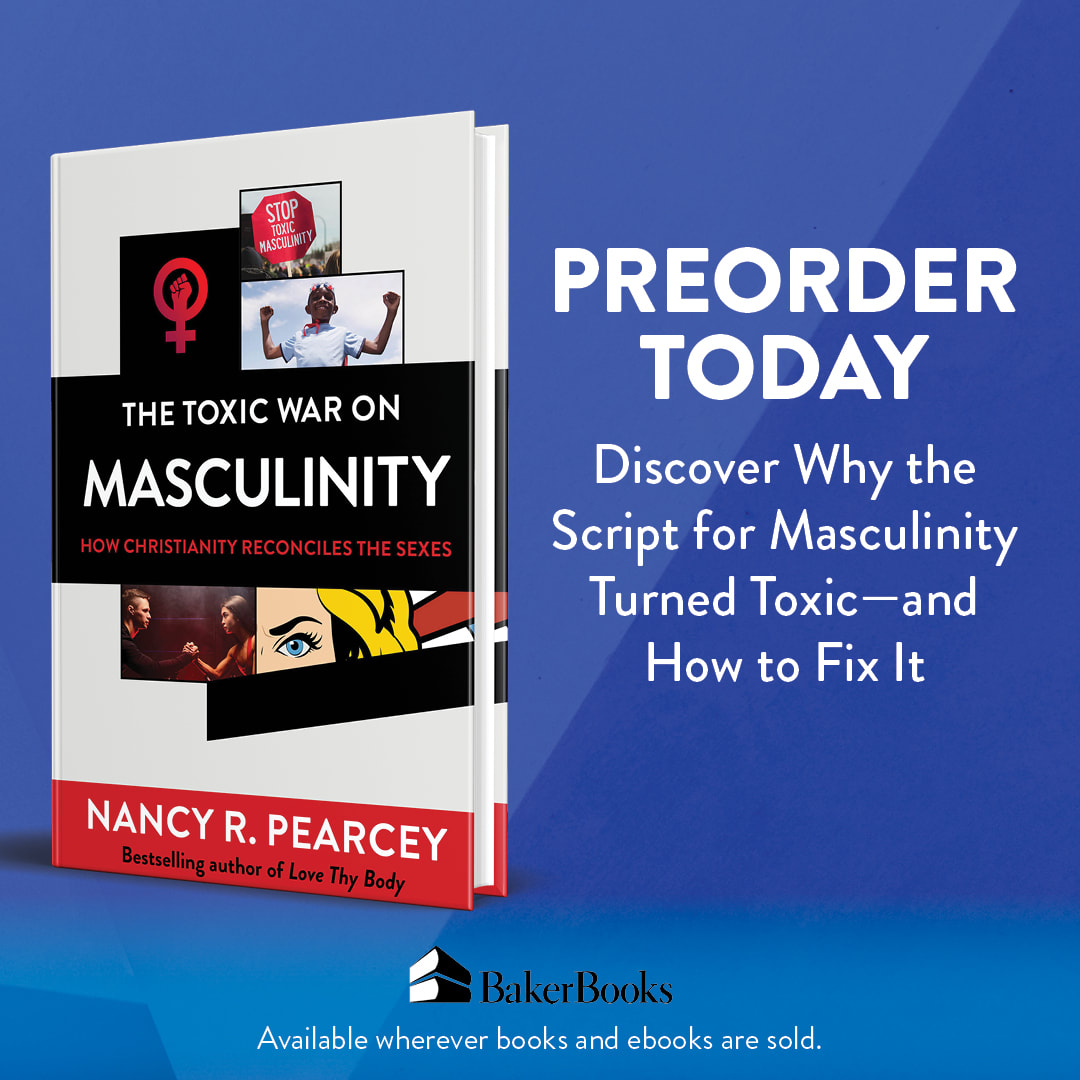
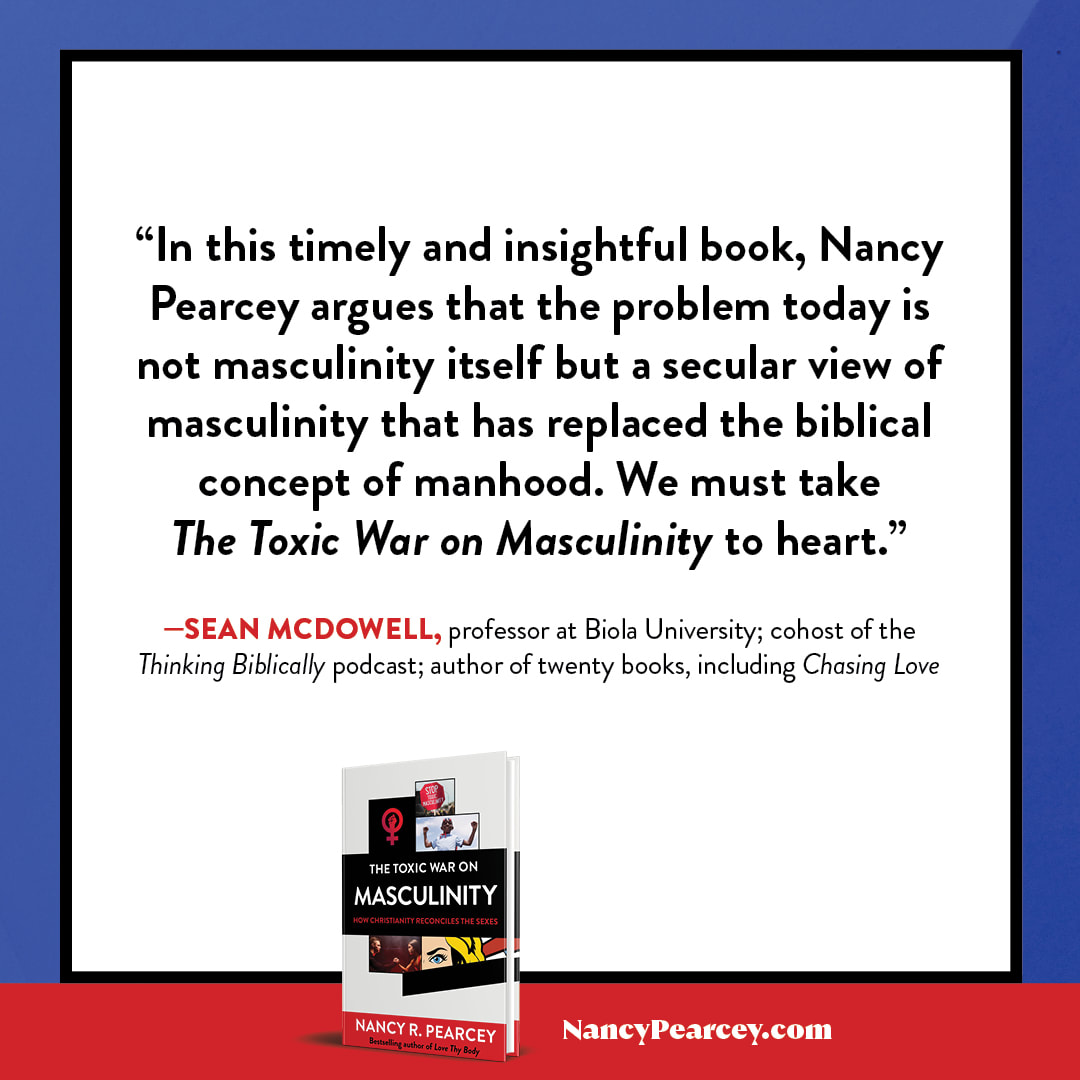
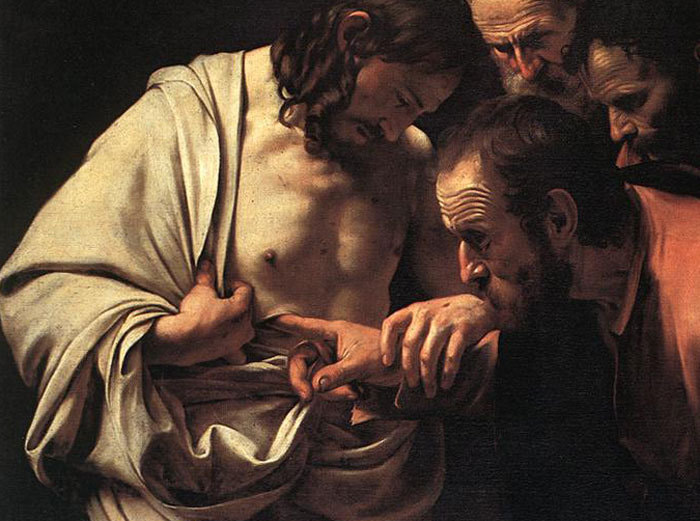
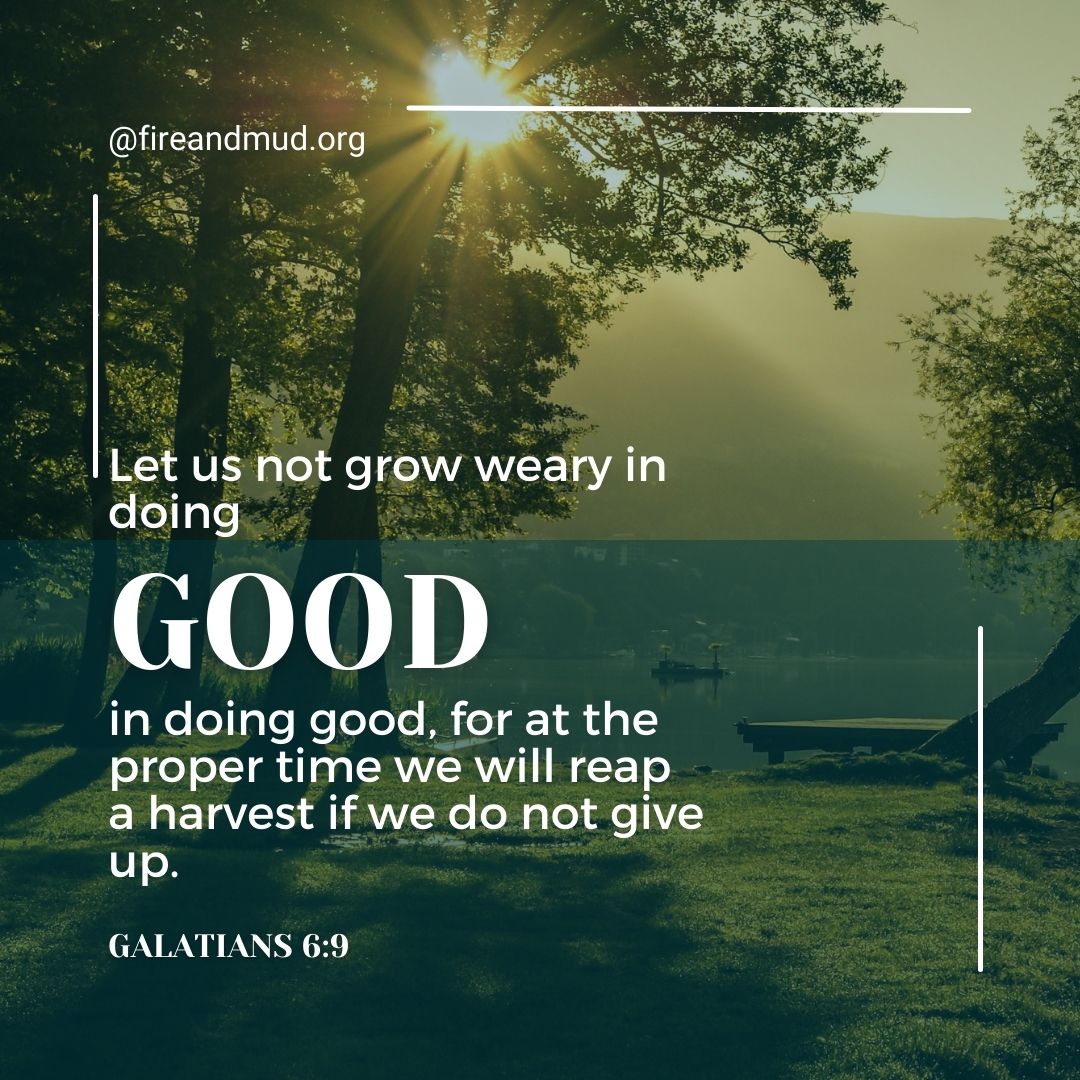
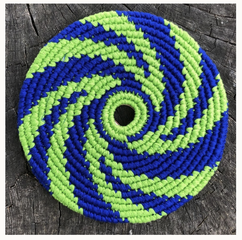

 RSS Feed
RSS Feed